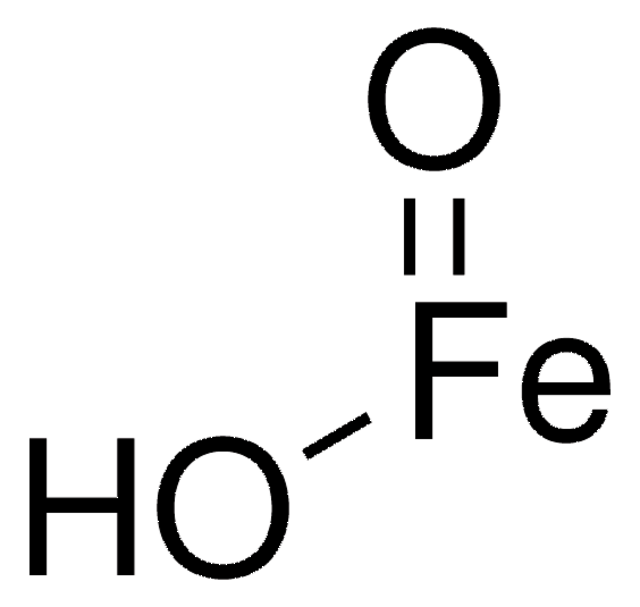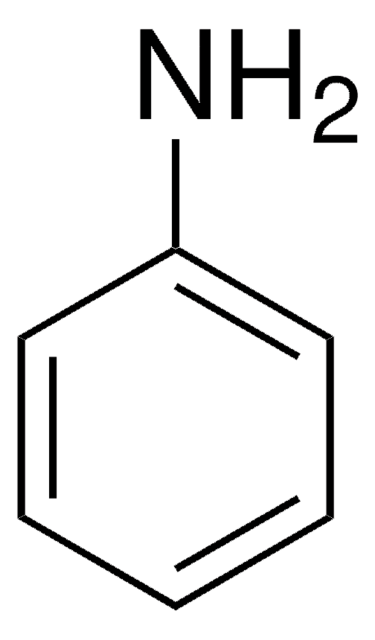289787
Copper(II) hydroxide
technical grade
Synonyme(s) :
Cupric hydroxide
About This Item
aqueous acid: slightly soluble(lit.)
Produits recommandés
Qualité
technical grade
Niveau de qualité
Forme
powder
Contient
stabilizer
Concentration
≥57.0% Cu (EDTA titration)
Solubilité
H2O: insoluble(lit.)
aqueous acid: slightly soluble(lit.)
Application(s)
battery manufacturing
Chaîne SMILES
O[Cu]O
InChI
1S/Cu.2H2O/h;2*1H2/q+2;;/p-2
Clé InChI
JJLJMEJHUUYSSY-UHFFFAOYSA-L
Vous recherchez des produits similaires ? Visite Guide de comparaison des produits
Catégories apparentées
Description générale
Application
Mention d'avertissement
Danger
Mentions de danger
Conseils de prudence
Classification des risques
Acute Tox. 2 Inhalation - Acute Tox. 4 Oral - Aquatic Acute 1 - Aquatic Chronic 1 - Eye Dam. 1
Code de la classe de stockage
6.1B - Non-combustible acute toxic Cat. 1 and 2 / very toxic hazardous materials
Classe de danger pour l'eau (WGK)
WGK 3
Point d'éclair (°F)
Not applicable
Point d'éclair (°C)
Not applicable
Faites votre choix parmi les versions les plus récentes :
Déjà en possession de ce produit ?
Retrouvez la documentation relative aux produits que vous avez récemment achetés dans la Bibliothèque de documents.
Les clients ont également consulté
Articles
Thermoelectric Performance of Perovskite-type Oxide Materials
The prevailing strategies for heat and electric-power production that rely on fossil and fission fuels are having a negative impact on the environment and on our living conditions.
Notre équipe de scientifiques dispose d'une expérience dans tous les secteurs de la recherche, notamment en sciences de la vie, science des matériaux, synthèse chimique, chromatographie, analyse et dans de nombreux autres domaines..
Contacter notre Service technique











